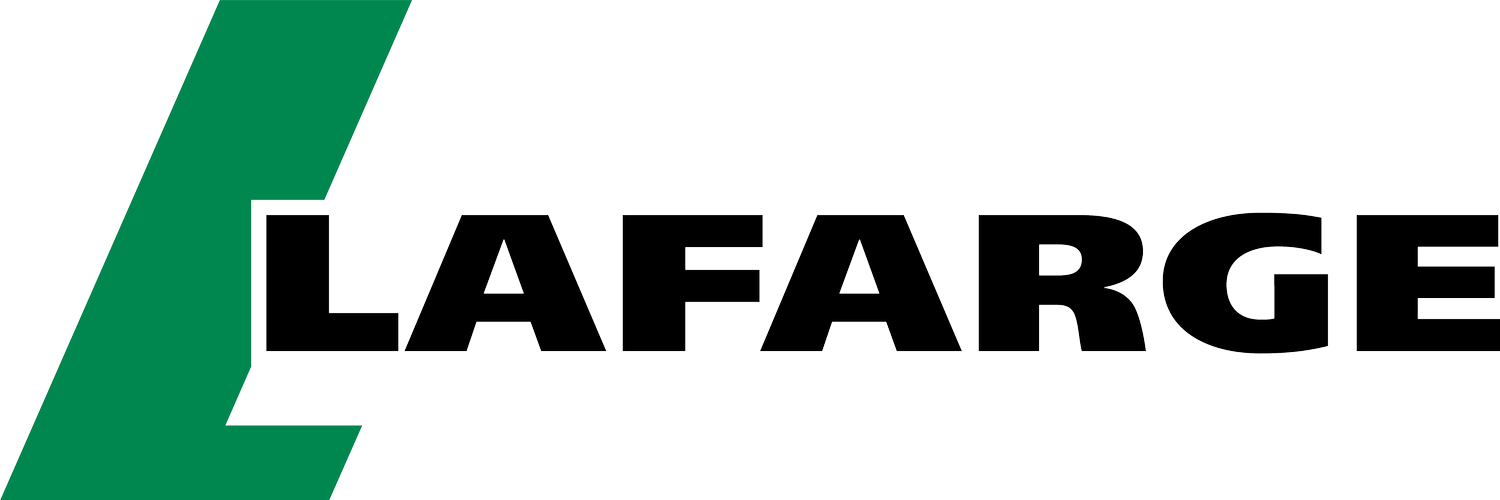
Environmental Emergency Response
LAFARGE EXSHAW CEMENT PLANT ENVIRONMENTAL EMERGENCY (E2) FACT SHEET
ABOUT LAFARGE EXSHAW
Lafarge Exshaw, Canada’s largest cement plant, produces two million tonnes of cement annually. As a key binding agent, cement is essential for concrete, forming the foundation of homes, roads, bridges, and commercial buildings. Its strength and durability contribute to the development of resilient, sustainable communities across Western Canada and beyond.
Cement production is highly energy-intensive, beginning with extracting and crushing raw materials such as limestone, sandstone, and shale. These materials are then heated in a massive rotary kiln at temperatures exceeding 1,400°C—a process known as clinker production—which requires significant fuel and electricity to drive the chemical reactions that give cement its binding properties.
The Exshaw plant employs advanced technologies to minimize environmental impact, including a Flue Gas Desulfurization (FGD) system that uses lime injection to reduce sulfur dioxide (SO₂) emissions. Additionally, a Selective Non-Catalytic Reduction (SNCR) system injects a 29% ammonia solution to lower nitrogen oxide (NOx) emissions, improving air quality and sustainability.
ENVIRONMENTAL EMERGENCIES (E2) REGULATION
The Environmental Emergency “E2” regulations, which the Canadian government established, require preparing and implementing environmental emergency plans to manage hazardous substances used and stored on the site. As required under section 4(2)(k) of the regulation, Lafarge Exshaw is required to communicate with community members who may or could be adversely affected by an environmental emergency at the site.
EMERGENCY PREPAREDNESS & RESPONSE
Lafarge has emergency response plans, processes and teams to ensure the safety of the communities in which we operate. The teams are responsible for decision-making, resource mobilization and communications, among other procedures. Site-specific emergency training includes testing, inspection, and response activities for possible emergency scenarios. We also conduct tabletop, functional field exercises and full-scale simulations with local public safety authorities. The learning from these exercises are incorporated into the emergency response that is reviewed annually and signed off by senior management. Lafarge employs a variety of mitigations to prevent accidental releases and environmental emergencies from occurring, including:
Prevention: The Lafarge SNCR is designed with multiple redundant safety systems to prevent and contain emergency incidents.
Preparedness: Lafarge hosts joint emergency response exercises every five years, which involve full-scale mock exercises with Exhsaw Fire Department, the Municipal District of Bighorn and Solution Response Services (SRS). Lafarge employees are equipped and trained to respond to spills.
Response: Lafarge has established procedures and protocols to handle substances safely. Operations maintains emergency response capability for on-site spills. We also have agreements with other parties to provide support in the event of a spill.
Recovery: In the unlikely event of an environmental emergency, Lafarge Exshaw works closely with local authorities to immediately respond to the incident and notify the public. The post-incident recovery plan would also include close coordination with local authorities.
What should I do if an environmental emergency occurs?
Lafarge works closely with the M.D. of Bighorn Emergency Services. In the rare event of an emergency, the Emergency Notification System, powered by Voyent Alert, will notify residents through email, text and/or voice calls. Registration for the service is FREE, simple and anonymous link: https://www.mdbighorn.ca/687/Voyent-Alert
E2 Substance Information
Ammonia solution has numerous household and industrial applications, including cleaning, disinfecting, brightening surfaces, oven cleaning, and deodorizing. It is also widely used in wastewater treatment, as well as in the leather, paper, food, and beverage industries.
At the Lafarge Exshaw plant, a 29% ammonia solution has been used for over a decade in the Selective Non-Catalytic Reduction (SNCR) process to reduce NOx emissions. This is achieved by injecting the solution into the pre-calciner. Ammonia has a strong, pungent odor that can be detected at very low concentrations, well within safe exposure limits. However, its vapors can irritate the eyes, nose, and respiratory system, with potential symptoms including coughing, wheezing, and breathing difficulties.
To ensure safety, the secure ammonia storage facility at Exshaw undergoes routine inspections and is equipped with leak detection monitors and secondary containment. In the event of a leak, these monitors automatically shut down the system and alert control room operators.
Health, Safety & Environment
At Lafarge Exshaw, health and safety are fundamental priorities. Nothing is more important than protecting our employees and the community. The best way to handle emergencies is through prevention, which is why Lafarge adheres to rigorous safety management standards and fully complies with regulations set by Environment Canada and Alberta Environment and Protected Areas.
Link to the E2 Brochure
If you have any questions, please email us at: Info.Exshaw@LafargeHolcim.com
This information is part of the advanced public notification requirements under Canada’s Environmental Emergency Regulations, 2019.

